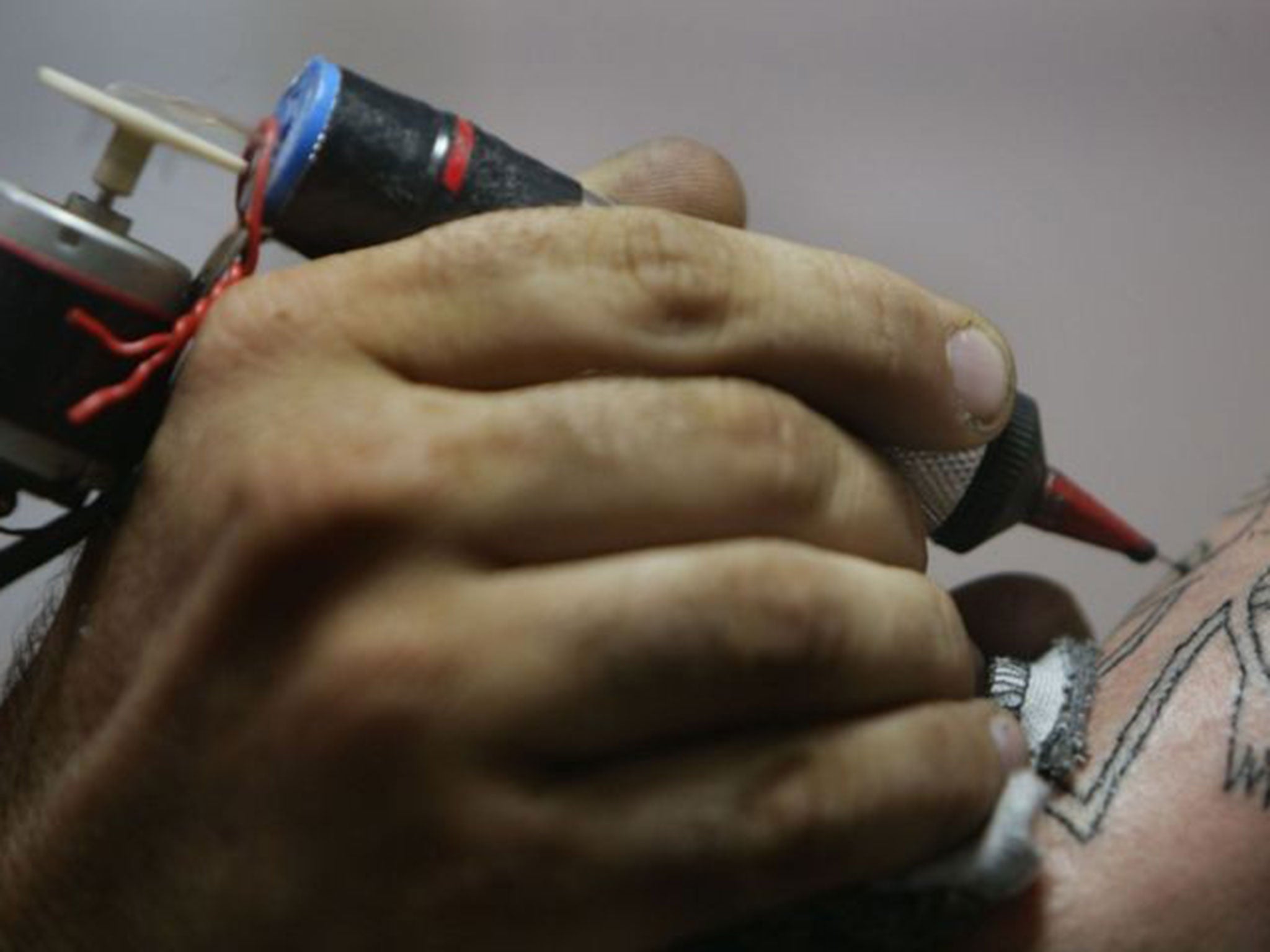The Independent's journalism is supported by our readers. When you purchase through links on our site, we may earn commission.
FBI challenges scientists to create algorithm capable of identifying criminals using their tattoos
Six teams have been invited to compete in the task

Computer scientists have been asked by the US government to come up with an algorithm capable of identifying criminals using their tattoos.
The Tattoo Recognition Technology – Challenge (Tatt-C) hopes that programs will eventually be able to match “visually similar or related tattoos from different” people or match “different instances of the same tattoo image from the same subject over time.”
Run by the US National Institute of Standards and Technology (Nist) based in Maryland, the program must be able to tell whether “a small region of interest” is actually part of a larger tattoo.
The algorithm must also be able to tell the difference between scanned print, computer graphics and natural images, as well as whether an image contains a tattoo or not.
“It only needs to provide some investigative benefit to aid in narrowing down suspect lists or providing investigative intelligence related to a crime,” Stephen Fischer, chief of the multimedia division at the FBI’s Criminal Justice Information Services division, told science journal Nature.
Six teams have been invited to compete in the challenge, although software designed for this purpose has already been under development.
With a team of researchers professor Terrance Boult, a computer science professor at the University of Colorado, has been developing a computer program that reviews body ink, scars, moles and visible skin markings in photos.
After scanning for identifiable skin symbols, it looks for people bearing the same markings in a photo database, in the hope of picking up patterns in tattoos and could even link together members of gangs, who often share body tags.
It was specifically designed to better handle low quality photos, like those taken from a smartphone.
However, tattoo matching has a long way to go before it can be as precise as biometric identification like fingerprints and eye scans.
Subscribe to Independent Premium to bookmark this article
Want to bookmark your favourite articles and stories to read or reference later? Start your Independent Premium subscription today.

Join our commenting forum
Join thought-provoking conversations, follow other Independent readers and see their replies